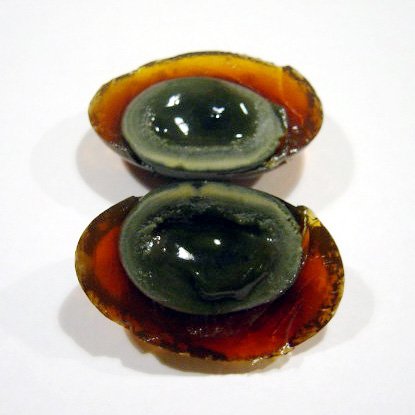While humans typically enjoy a lifespan hovering around 70 to 80 years, several remarkable animal species outstrip us, basking in centuries-long lives. These fascinating creatures defy the conventional expectations of age, capturing the curiosity of scientists and nature lovers alike. Join us as we delve into the lives of 12 extraordinary animals known for their impressive longevity.
Ocean Quahog (Arctica islandica)
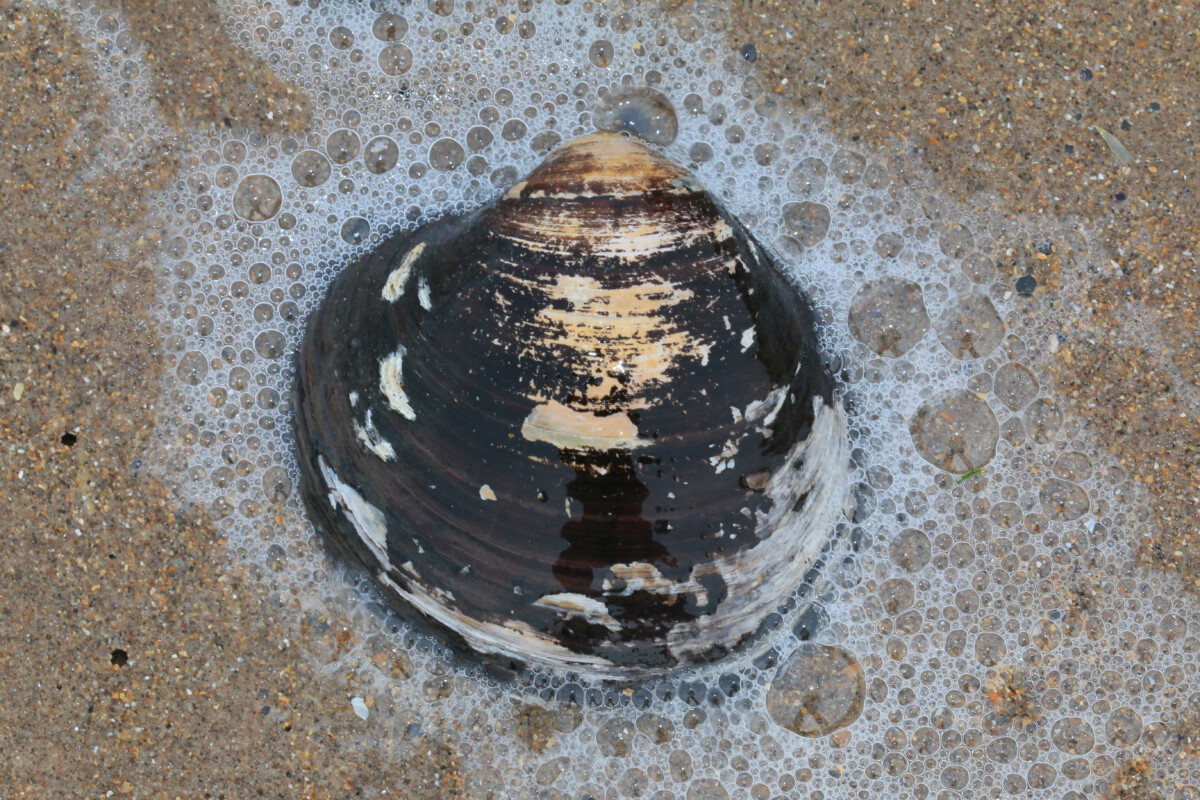
The Ocean Quahog has turned heads with its astonishing lifespan. Found in the icy depths of the North Atlantic, these deep-sea clams live over 500 years. A particularly famous Ocean Quahog, aptly named “Ming,” lived for a staggering 507 years. This clam’s long life has intrigued researchers, providing crucial data on oceanic environmental shifts over centuries. The incredible age of these clams emphasizes nature’s ability to preserve life over extended periods with minimal aging.
Greenland Shark (Somniosus microcephalus)
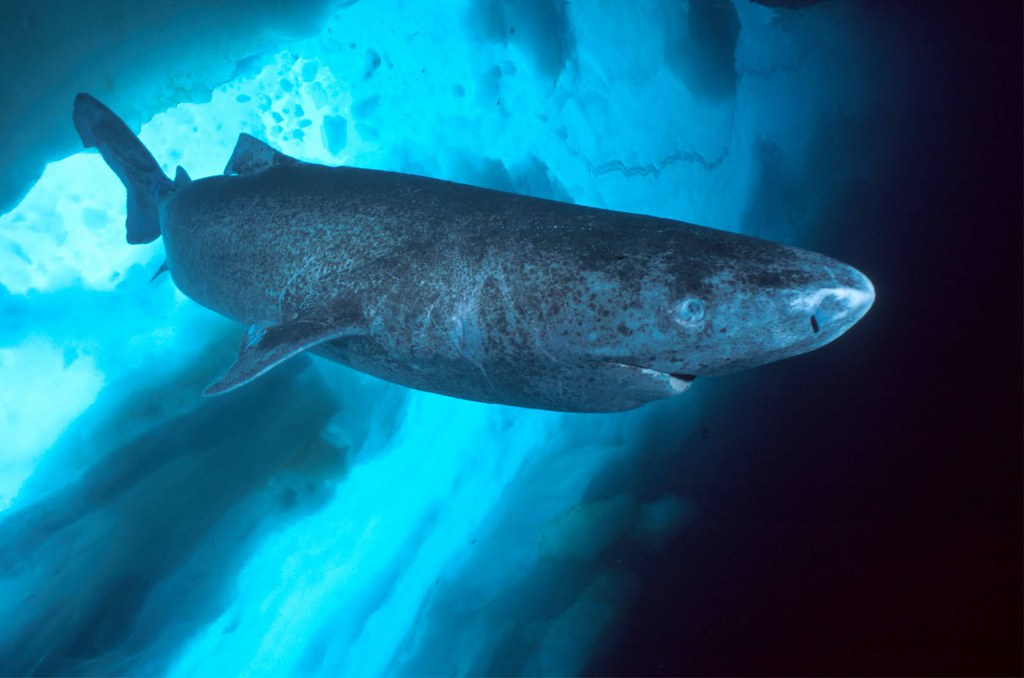
Dwelling in the pristine waters of the North Atlantic and Arctic Oceans, the Greenland Shark is famed as the longest-lived vertebrate. Reaching lifespans estimated between 272 to 512 years, these sharks do not reach sexual maturity until nearly 150 years of age. With their slow-paced lifestyle, these ancient swimmers intrigue scientists exploring the secrets of their extended lifespans. The longevity of the Greenland Shark underlines nature’s patience and the mysteries hidden in the ocean’s depths.
Bowhead Whale (Balaena mysticetus)
Navigating the frozen realms of the Arctic, the Bowhead Whale reigns as a champion of longevity among mammals, living beyond 200 years. Their immense lifespan is highlighted by historical evidence, like harpoon fragments embedded in some individuals from the 1800s. These whales are living time capsules of marine history. Their long lives spark fascination, highlighting the resilience and adaptability of life in the extreme northern oceans.
Rougheye Rockfish (Sebastes aleutianus)
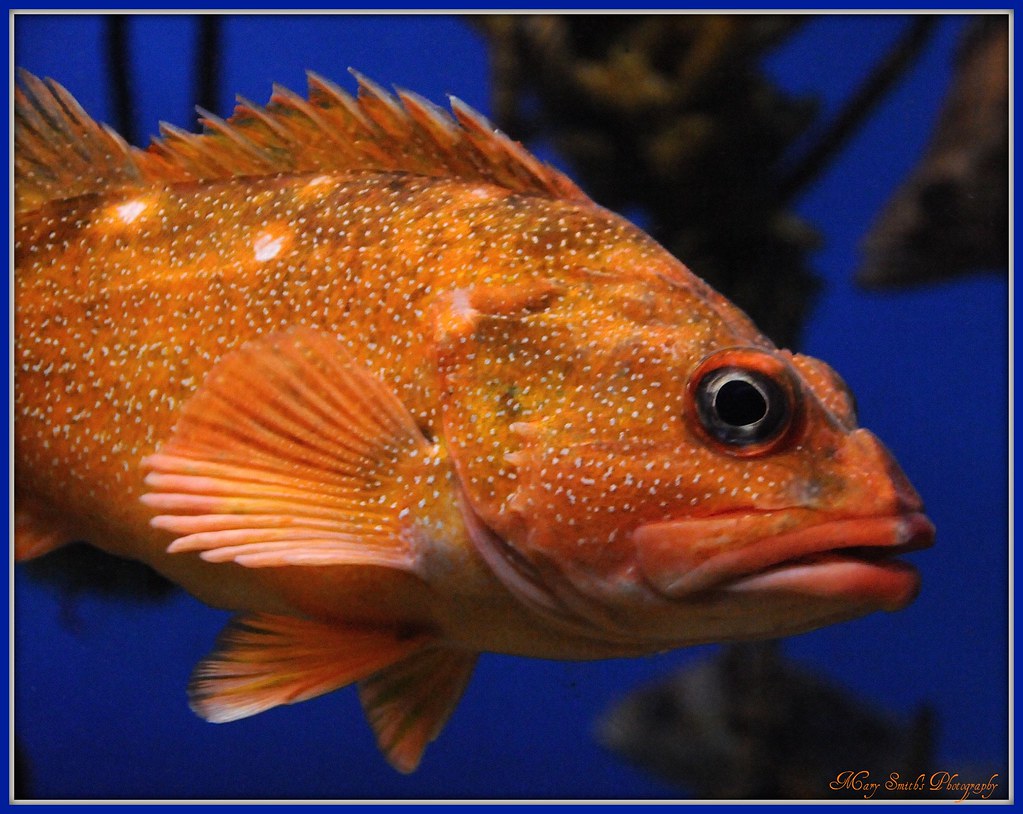
In the expansive Pacific Ocean, the Rougheye Rockfish stands as a testament to the wonders of long life. This fish can live up to 205 years, thanks to a combination of slow growth rates and low predation. Such longevity allows these rockfish to become experts of their aquatic habitats. Their extended life provides scientists with data on marine ecosystem changes over generations.
Freshwater Pearl Mussel (Margaritifera margaritifera)
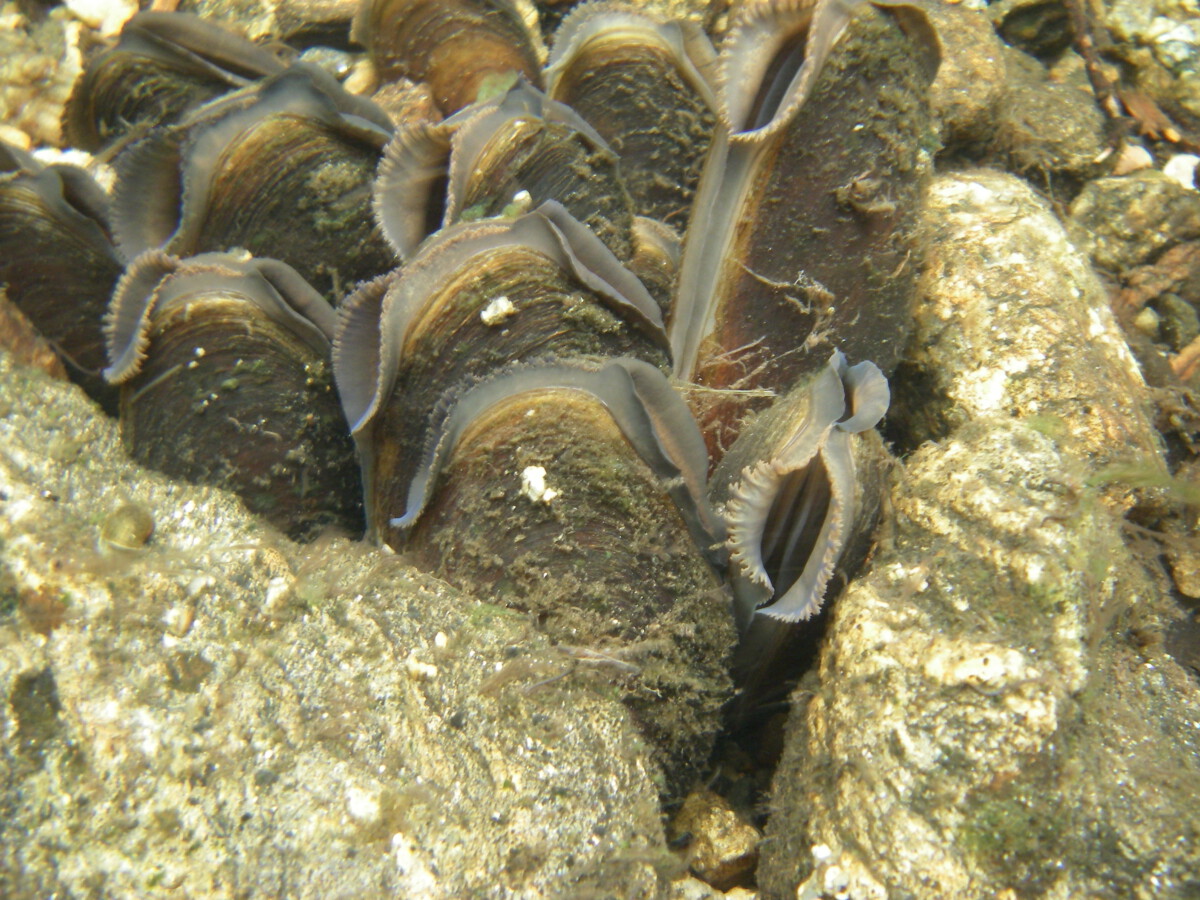
Hidden beneath serene riverbeds in Europe and North America, the Freshwater Pearl Mussel quietly flaunts a lifespan exceeding 250 years. Their remarkable longevity is pinned on a painfully slow metabolism and low reproduction rates. These mussels, living quietly and unassuming in their aquatic abodes, play a vital role in freshwater ecosystems, maintaining water quality across centuries. Their centuries-spanning existence paints a subtle yet potent portrait of life’s persistence.
Aldabra Giant Tortoise (Aldabrachelys gigantea)
On the isolated Aldabra Atoll, the Aldabra Giant Tortoise embodies the delights of a long-lived landlubber. These iconic tortoises can surpass 150 years. “Adwaita,” the legendary tortoise, reportedly lived an archaic 255 years before its natural passing. These tortoises symbolize endurance and survival, offering insights into the life of one of Earth’s most colossal terrestrial turtles.
Red Sea Urchin (Strongylocentrotus franciscanus)
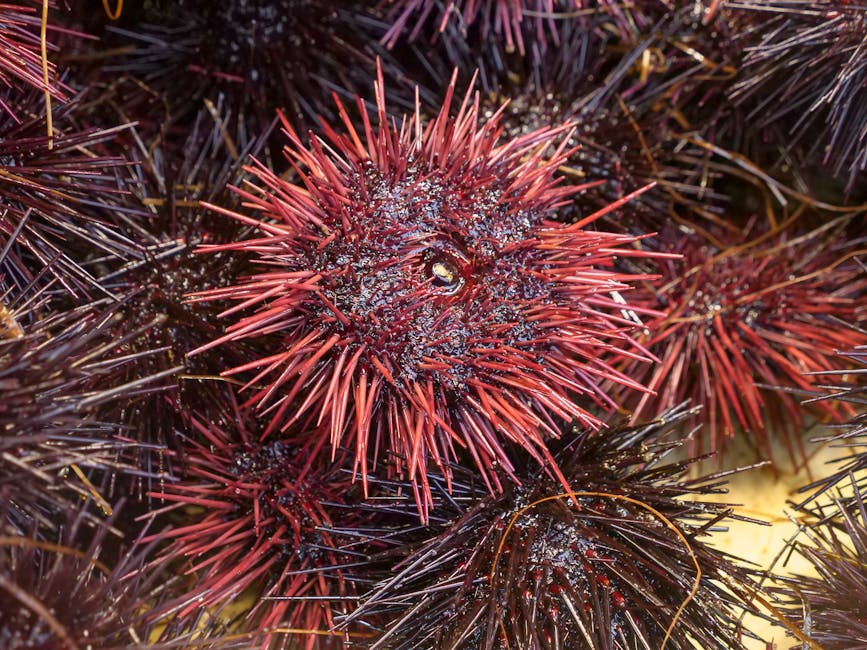
Beneath the waves along the North American West Coast, the Red Sea Urchin lives a life spanning more than 200 years. Their longevity, bolstered by low predation and stable environments, is remarkable for these simple oceanic dwellers. Often overlooked, they symbolize outlasting adversities in the ocean’s depths, managing to perpetuate life for centuries with barely a sign of aging.
Koi Fish (Cyprinus rubrofuscus)
In colorful gardens across Japan, Koi Fish present a splash of color and rumor of longevity. Their legendary age is remarkable, with some koi living over 200 years. “Hanako,” a celebrated koi, purportedly swam for an awe-inspiring 226 years. These peaceful fish delight enthusiasts with hints of the timeless grace captured in each cycle of seasons.
Tuatara (Sphenodon punctatus)
Native to the unique habitats of New Zealand, the Tuatara holds a fascinating title of “living fossil.” These remarkable reptiles can thrive for over 100 years. Their enigmatic lineage harks back to prehistoric epochs, offering a living glimpse into the distant past. Despite their stunted appearance, Tuataras continue to inhabit Earth, showcasing nature’s capacity for durability and continuity.
Orange Roughy (Hoplostethus atlanticus)
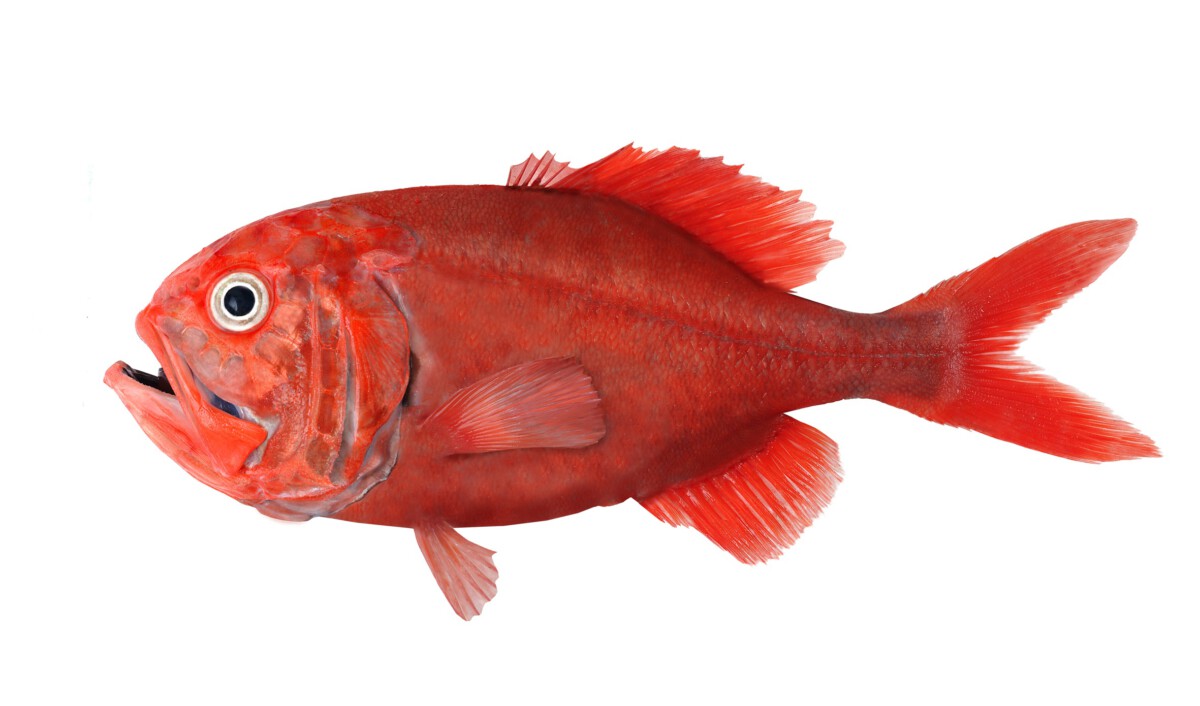
Enduring the dark, frigid waters of the deep sea, the Orange Roughy cruises along for up to 149 years. Growth and maturity come at a leisurely pace, underscoring their extended life beneath the sea’s surface. This fish’s restrained aging process is captivating, providing valuable insight into the mysterious world of deep-sea habitats and ecosystems.
Geoduck (Panopea generosa)
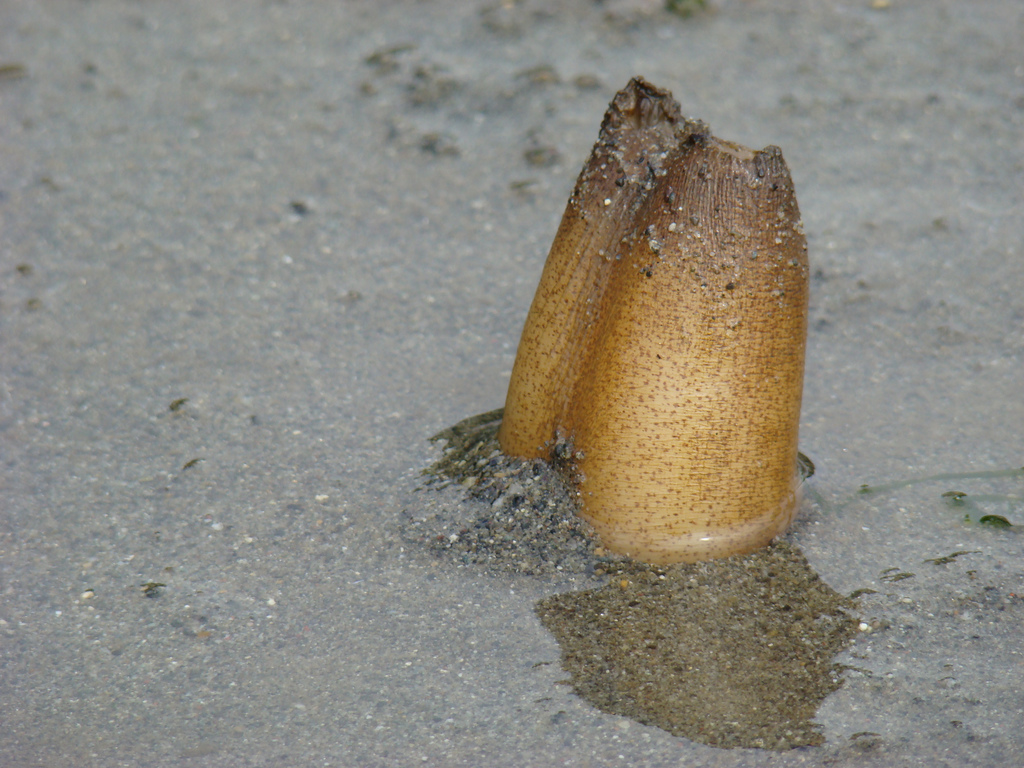
In the waters of the Pacific Northwest, the Geoduck, a truly unusual saltwater clam, quietly exists for over 160 years. Low predation and stable habitats contribute to their longevity, making them enduring residents of their underwater terrains. These impressive marine clams demonstrate how life can flourish quietly over considerable lifetimes when environmental conditions align favorably.
Naked Mole-Rat (Heterocephalus glaber)
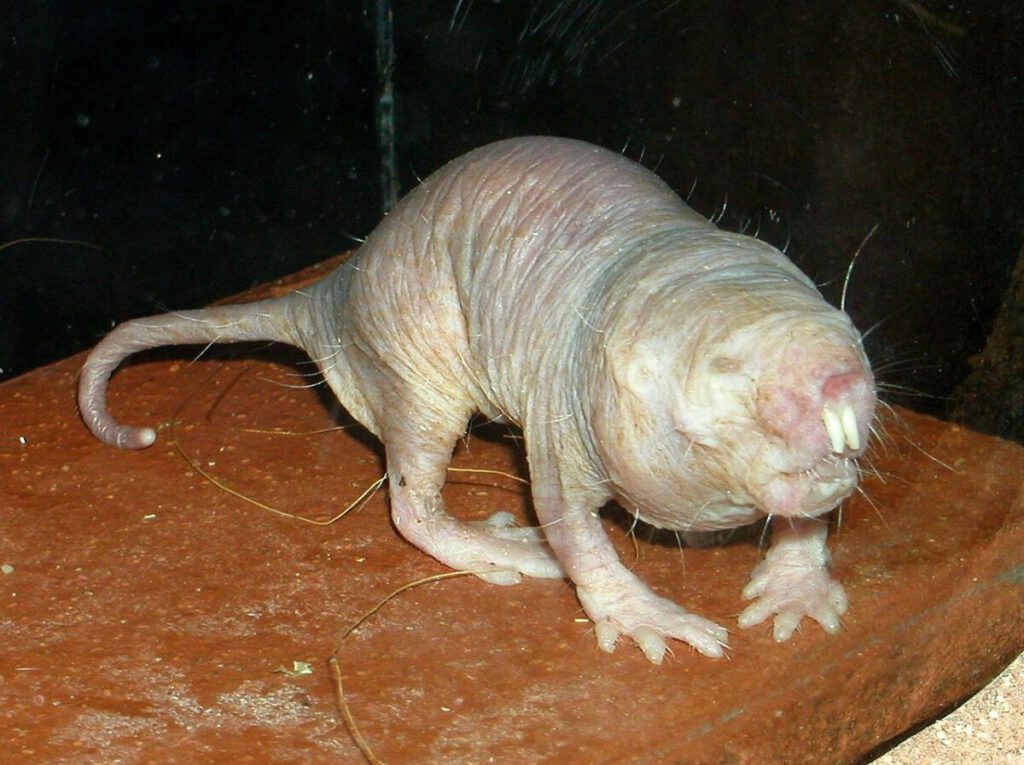
Dwelling in burrowed communities of East Africa, the Naked Mole-Rat is an extraordinary mammal, surpassing 37 years—unusually long for rodents. Known for remarkable resistance to cancer and astonishingly efficient vascular functions, these small mammals are revolutionizing our understanding of aging and bodily resilience. Their intriguing biology evokes wonder and scientific interest in a creature that defies typical life’s boundaries.
These species illustrate the fascinating spectrum of life on Earth, showing that longevity can manifest in diverse forms. Observing these creatures unlocks profound lessons about how life can defy the constraints of aging.
[Source](https://www.livescience.com/longest-living-animals.html)




